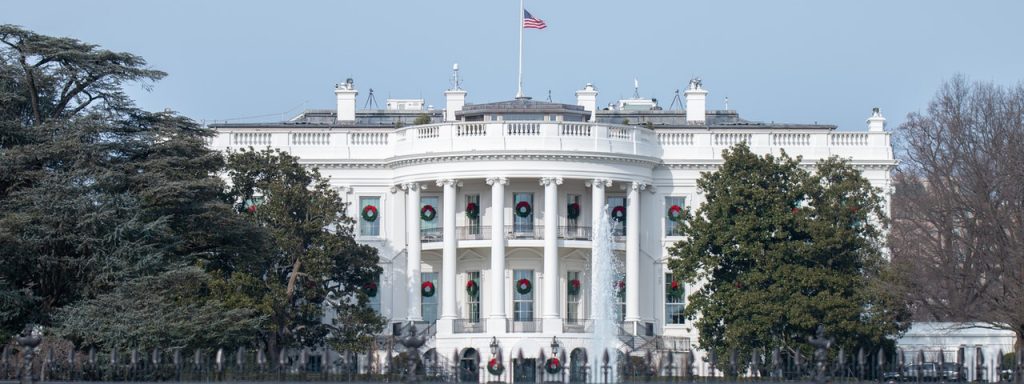The White House on Thursday launched a slew of actions to address the growing threat of ransomware. The new details regarding its plan to take on ransomware gangs come after the third major attack against the US institutions in the past three months.
In one of the attacks, REvil group, which is mainly composed of Russian hackers, targeted Florida-based company Kaseya. The attack could have affected over 1,500 companies.
In its latest move, the White House announced plans to cut off ransomware groups from using virtual currencies when extorting victims and selling services to affiliates.
“The exploitation of virtual currency to launder ransomware proceeds is without question, facilitating ransomware,” a senior administration official told reporters. “There’s inadequate international regulation of virtual currency activity, which is a key factor in how cybercriminals are able to launder their funds, demand ransomware payments and fuel sophisticated cybercrime as a service business model.”
The Treasury Department will work with the industry to implement rules designed to prevent money laundering and terrorist financing in virtual currency exchanges. More importantly, the officials plan to build partnerships with the industry to track the currency in real time. Taking into account that anonymity is one the main pillars of cryptocurrency, that is a bold move, one that must be disturbing to privacy stalwarts.
The Financial Crimes Enforcement Network is slated to announce a new “public-private information sharing group” on April 18 that will include various financial institutions, federal government agencies, and technology firms.
Meanwhile, the Treasury Department is working on international standards for virtual currencies, a senior official noted. It is also reaching out to other countries to build capacity for international oversight.
The agency is also exploring ways to improve its response to cyber attacks, which have become more prevalent.
Although the task force is exploring various options to address the cryptocurrency problem, a senior official noted the possibility of additional regulations that could still be on the horizon.
“One key gap we do have in the U.S. is really full visibility into ransomware activity, which is important in order to give us the data we need for law enforcement efforts, for disruptive efforts, for thoughtful policy efforts that are really built on an understanding of the ransomware ecosystem,” the official said.
The task force is also pursuing other tracks, such as working with governments and private organizations to improve the resiliency against ransomware. In one recent example, the State Department started to offer up to $10 million to anyone who can provide information that can identify state-sponsored attacks on critical US infrastructure. Officials also continue to work on the implementation of the May executive order by the President regarding the security standards for software used by the government.







